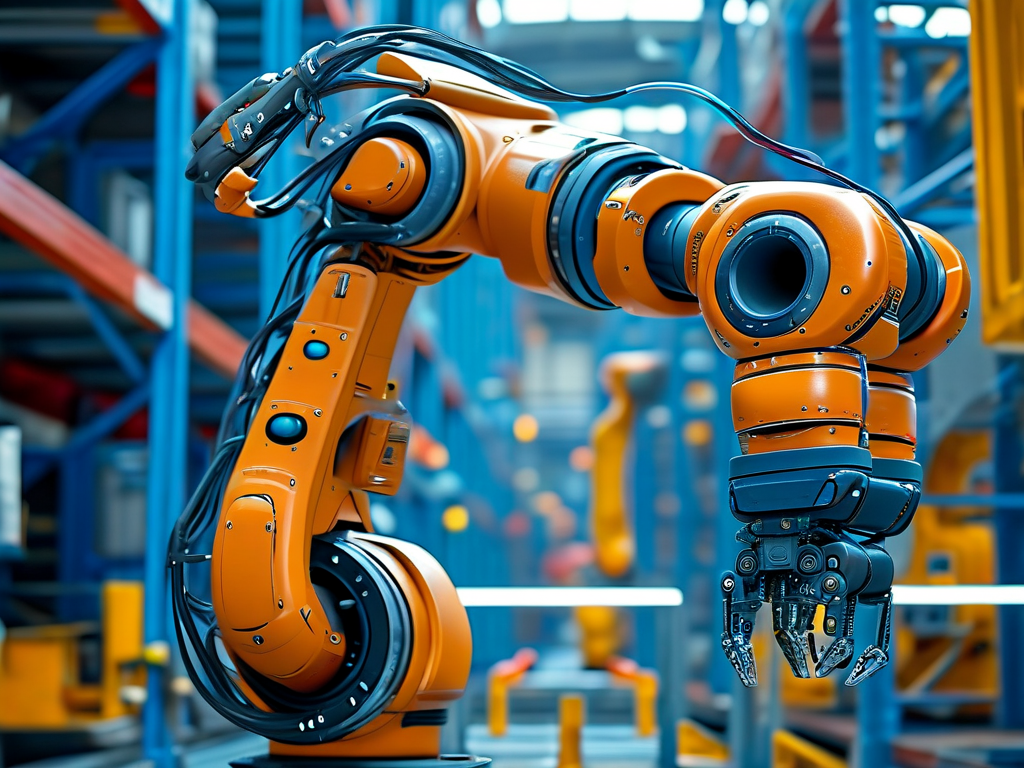In the rapidly evolving landscape of technology, businesses are increasingly turning to intelligent automation deployment solutions to streamline operations, reduce human error, and accelerate time-to-market. This paradigm shift is redefining how organizations approach software delivery, infrastructure management, and system scalability. Let’s explore the transformative potential of intelligent automation in deployment workflows and its implications for the future of IT.

The Need for Intelligent Automation in Deployment
Traditional deployment processes often rely on manual interventions, script-based workflows, and siloed teams. These approaches are prone to inconsistencies, delays, and costly errors—especially in complex environments involving hybrid clouds, microservices, and distributed systems. Intelligent automation addresses these challenges by integrating artificial intelligence (AI), machine learning (ML), and advanced orchestration tools to create self-optimizing deployment pipelines.
For example, a multinational e-commerce company reduced deployment failures by 70% after implementing an AI-driven solution that predicts configuration conflicts before deployment. Such systems analyze historical data, environmental variables, and real-time metrics to make proactive decisions.
Key Components of an Intelligent Automation Deployment Framework
- AI-Powered Decision Engines: These systems evaluate risks, prioritize tasks, and dynamically adjust deployment strategies based on contextual data.
- Unified Orchestration Platforms: Tools like Kubernetes Operators or Terraform Cloud automate infrastructure provisioning while ensuring compliance with security policies.
- Self-Healing Mechanisms: Automated rollback features and anomaly detection algorithms minimize downtime during failed deployments.
- Continuous Feedback Loops: Integration with monitoring tools (e.g., Prometheus, Datadog) enables real-time performance analysis and iterative improvement.
A case study from a fintech firm revealed that combining these components reduced deployment cycles from hours to minutes while achieving 99.98% reliability across production environments.
Implementing Intelligent Automation: Best Practices
- Start Small: Begin with non-critical workflows, such as staging environment deployments, to validate the system’s effectiveness.
- Leverage GitOps Principles: Use version-controlled repositories as the single source of truth for infrastructure and application configurations.
- Invest in Skill Development: Train DevOps teams in ML basics and automation toolchains to bridge the gap between traditional practices and AI-driven workflows.
- Prioritize Security: Embed compliance checks and vulnerability scans directly into automated pipelines.
Industry leaders like AWS and Microsoft Azure now offer native intelligent automation services, such as AWS CodePipeline with ML-based error resolution and Azure Automanage. These platforms demonstrate how cloud providers are standardizing intelligent deployment practices.
Challenges and Ethical Considerations
While intelligent automation delivers immense value, it raises questions about job displacement and over-reliance on algorithms. Organizations must strike a balance between automation and human oversight. Additionally, biases in training data for decision engines could lead to suboptimal deployment choices, emphasizing the need for transparent AI models.
The Future of Deployment Automation
Emerging trends like edge computing deployments and quantum-ready infrastructure will push intelligent automation to new frontiers. Imagine systems that autonomously deploy code across thousands of edge nodes while optimizing for latency and energy consumption—all without human intervention.
Intelligent automation deployment solutions are no longer a luxury but a necessity for businesses aiming to thrive in the digital age. By embracing these technologies, organizations can achieve unprecedented agility, reliability, and scalability. However, success requires a strategic approach that combines cutting-edge tools, continuous learning, and ethical governance. As the line between human and machine decision-making blurs, the next era of IT operations will be defined by those who master this balance.





